Range Rover Casts a Wider Sales Net With Its Midsized Velar SUV

Eager to fill a price gap in its Range Rover lineup, Land Rover has come out with a new midsize offering — the Velar. Positioned between the smaller Evoque and larger Range Rover Sport, the Velar is a tasteful and subdued example of automotive opulence. While it’s best to reserve final judgement until after fully experiencing a model, the design both inside and out represents something fresh, possibly signalling a new direction for Land Rover styling.
I speculated last month that the Velar’s teaser images might not be representative of the actual car, due in part to its ultra-modern-looking center console. However, that concept car interior stuck around, resulting in an incredibly spartan and contemporary cabin. It’s almost entirely devoid of buttons, replaced by minimalist design more elegant and clean than even what Tesla has on offer. Land Rover refers to the interior as a “calm sanctuary” for the Velar’s occupants. The majority of the contact points for non-essential functions occupy hidden-until-lit touch areas that, according to JLR, can be endlessly customized.
“Two high definition 10-inch touch-screens are your window into the world,” said Jaguar Land Rover’s director of connected car and future technology Peter Virk. “The connected infotainment system learns from you and anticipates your needs, serving you what you want, when you want it — but never intrudes letting you enjoy the drive, while it takes the stress out of daily life, like any good butler or digital personal assistant should.”
While he didn’t specify what the digital butler could do, I assume it will look good while doing it.
The minimalist design spills gently to the exterior, with flush door handles and a sleek, simple body design laden with copper finishes and carbon fiber. It doesn’t really look like an off-roader and, thanks to an aluminum platform shared with Jaguar’s F-Pace crossover, it probably doesn’t handle like one, either.
With a pre-destination price of $49,900 in the United States, the base Velar lacks some of the exceptional features JLR spends time touting, along with other absent niceties. After fiddling around on Land Rover’s website, I discovered it was incredibly easy to push the new crossover beyond $60,000, while the premium trim comes in at $90,000. While all trims come with the Touch Pro Duo console interface, there’s still plenty of wiggle room to take the Velar’s pricing away from the more affordable Evoque and place it squarely in the lap of the Range Rover Sport.
The Velar is not, however, ill equipped. The base model offers most of what you’d expect from a premium car, along with a host of traction-boosting gadgetry — varied terrain response and an electronic stability suite, for example. The price only begins to skyrocket after the addition of premium materials, power adjustable interior items, adaptive cruise control, parking assist, air suspension, Terrain Response 2, or an active rear locking differential.
Engine options further compound the financial burden. In North America, the base unit is a turbocharged 2.0-liter four-cylinder rated at 247 horsepower. Swapping that for a claimed 180 hp 2.0-liter Ingenium diesel — listed as 177 hp on Land Rover’s website — tacks on a few grand, while the optional 3.0-liter supercharged V6 pushes the Velar to 380 hp (and its starting MSRP to $64,200).
[Images: Land Rover]

A staunch consumer advocate tracking industry trends and regulation. Before joining TTAC, Matt spent a decade working for marketing and research firms based in NYC. Clients included several of the world’s largest automakers, global tire brands, and aftermarket part suppliers. Dissatisfied with the corporate world and resentful of having to wear suits everyday, he pivoted to writing about cars. Since then, that man has become an ardent supporter of the right-to-repair movement, been interviewed on the auto industry by national radio broadcasts, driven more rental cars than anyone ever should, participated in amateur rallying events, and received the requisite minimum training as sanctioned by the SCCA. Handy with a wrench, Matt grew up surrounded by Detroit auto workers and managed to get a pizza delivery job before he was legally eligible. He later found himself driving box trucks through Manhattan, guaranteeing future sympathy for actual truckers. He continues to conduct research pertaining to the automotive sector as an independent contractor and has since moved back to his native Michigan, closer to where the cars are born. A contrarian, Matt claims to prefer understeer — stating that front and all-wheel drive vehicles cater best to his driving style.
More by Matt Posky
Latest Car Reviews
Read moreLatest Product Reviews
Read moreRecent Comments
- Doug brockman There will be many many people living in apartments without dedicated charging facilities in future who will need personal vehicles to get to work and school and for whom mass transit will be an annoying inconvenience
- Jeff Self driving cars are not ready for prime time.
- Lichtronamo Watch as the non-us based automakers shift more production to Mexico in the future.
- 28-Cars-Later " Electrek recently dug around in Tesla’s online parts catalog and found that the windshield costs a whopping $1,900 to replace.To be fair, that’s around what a Mercedes S-Class or Rivian windshield costs, but the Tesla’s glass is unique because of its shape. It’s also worth noting that most insurance plans have glass replacement options that can make the repair a low- or zero-cost issue. "Now I understand why my insurance is so high despite no claims for years and about 7,500 annual miles between three cars.
- AMcA My theory is that that when the Big 3 gave away the store to the UAW in the last contract, there was a side deal in which the UAW promised to go after the non-organized transplant plants. Even the UAW understands that if the wage differential gets too high it's gonna kill the golden goose.
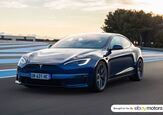
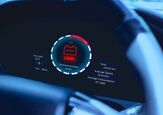


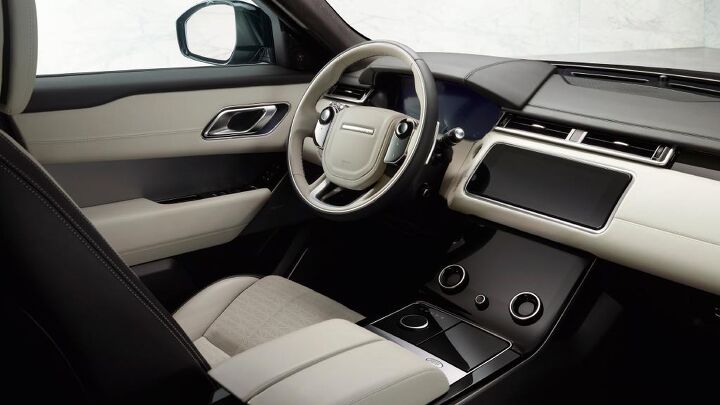
















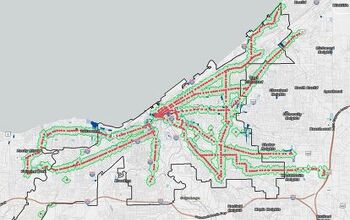



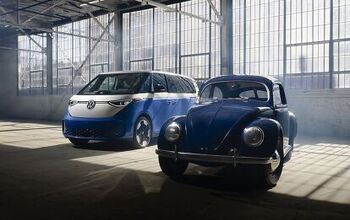



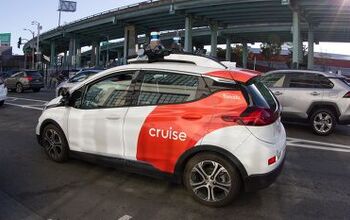


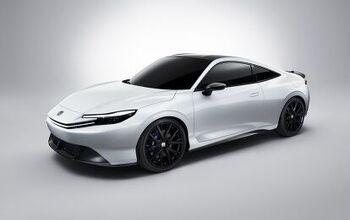
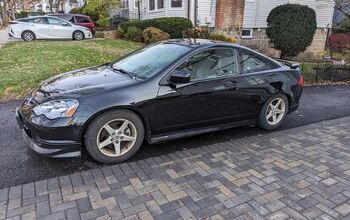




Comments
Join the conversation
I actually think this console could make Range Rovers more reliable not less reliable. A plastic knob can easily break. But software bugs are actually easier to elliminate. From an assembly perspective it's also easier as workers just plug this into a wiring loom. That still leaves lots of other stuff that could go wrong but eliminates the touchy-feely stuff that people often notice.
This thing starts at about the same price as the new Discovery. What price gap in the line up does it fill? is it the more, um, road oriented model targeted at buyers that the Discovery offers too much "capability"?